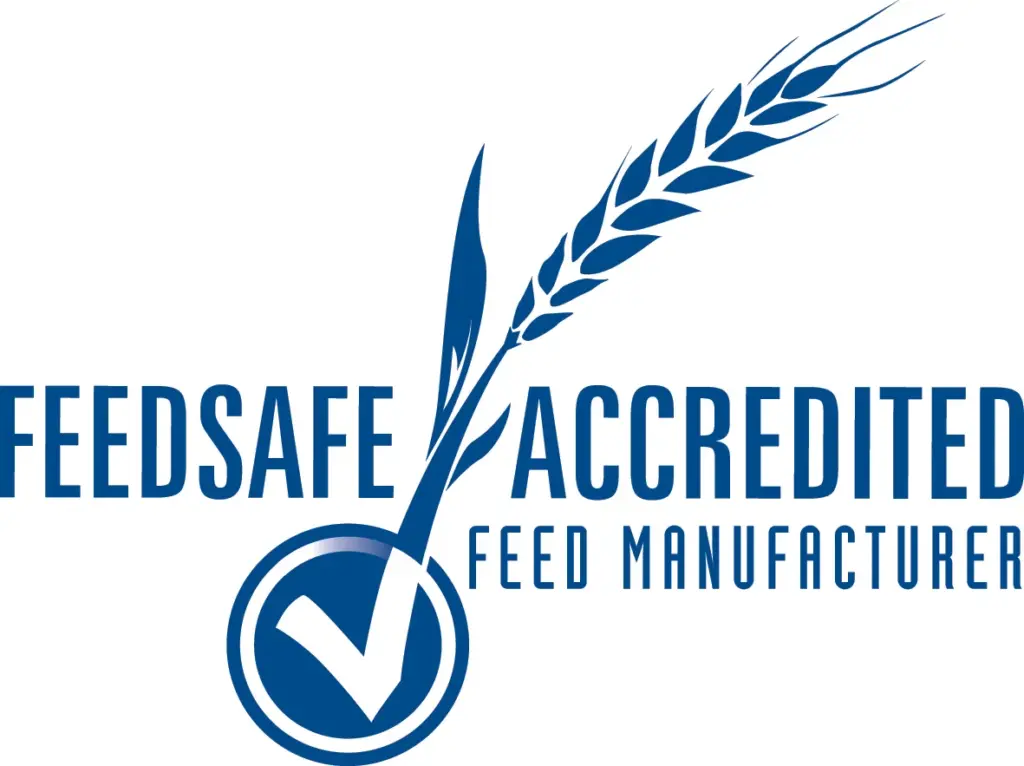Forage cereals can play an important role in grazing systems as they assist in overcoming the winter feed quality shortages. I was recently asked about supplementing cattle while they are grazing on forage oats and if there will be any advantage of supplementing cattle whilst on forage oats. Specifically, supplementing phosphorus was the main question of interest.
Oats are a widely adapted grazing crop for winter feeding and provide quality stock feed during a time when pastures become dormant (Uebergang, 2016). Grazing oats also assists in reducing grazing pressure and reducing the requirement to feed supplements during winter (Uebergang, 2016). It is a common belief that when livestock have access to lush green pasture/forage that their nutritional requirements are completely met, and supplementation isn’t required. However, this is not necessarily true. Nutrients such as phosphorus, magnesium, and sulphur play key roles in metabolism, appetite, feed intake and consequently impact production when inadequate in diet. To bring out the best of an animal’s genetic growth potential and to have a healthy, high–producing herd, minerals also need to be adequate in the diet. Doing so this will also contribute to better utilisation of forage.
When there is lush green feed available to livestock, energy and protein are no longer the most limiting nutrient, and depending on the soil mineral levels phosphorus can be the limiting requirement for livestock. Phosphorus (P) supports a variety of metabolic functions in animals, including muscle development and weight gains. P is also beneficial for rumen microbes for rumen fermentation, cellulose digestion, microbial protein synthesis and feed intake (Povey, Stubbings, & Phil, 2018). MLA in 2012 ran trials that indicated phosphorus can impact how many mouthfuls of feed cattle will consume each day, and if they eat more, they will produce more. Results from the trials confirm that there is a significant relationship between P and grazing behaviours. When P deficient cattle are supplemented with P, significant production increases can be observed.
Scouring is commonly seen in ruminants when grazing on forage oats. This is because of a massive change in diet, going from a fibrous pasture to a lush high moisture (70-80%) grazing crop (Department of Agriculture, Fisheries and Forestry, 2015). Initially, the digestive system is purged, causing a loss of gut fill and a fast passage of feed (Department of Agriculture, Fisheries and Forestry, 2015). The rumen bacteria need time to adapt and adjust to the new diet the ruminant is receiving. Cattle may lose condition during the adjustment phase to the new diet. They may lose weight and often can take several weeks for them to commence achieving higher weight gains (Department of Agriculture, Fisheries and Forestry, 2015). Supplementing P for the rumen microbes will help with the utilisation and transition to the new diet specifically in p deficient country.
The method of supplementing phosphorus to phosphorus deficient cattle will increase feed consumption by 10-60% (Jackson, et al., 2012). Based on nutritional requirements, a 400kg steer needs 7g P/day to maintain weight but would need 22g P/day if gaining 1.2kg/day; the required concentration of P in the diet would need to increase from 0.9g to 1.5g P/kg dry matter (Jackson, et al., 2012).
Forage crops that rapidly grow green lush, such as oats, can have excessive amounts of some nutrients and low in others. For example, may have high potassium levels and very limiting levels of magnesium, this is more common in NSW and closer to the QLD boarder. Cattle grazing on this type of forage are prone to developing health issues such as scours, bloat and grass tetany (Dove & McMullen, 2009) which can impact on the health and productivity of the animal, but also on the economics and return for production.
Magnesium is absorbed within the rumen, but its uptake can be inhibited by high potassium that is found in lush, green pastures/forages. Insufficient absorption of magnesium can lead to grass tetany and if stock are scouring they can quickly become deficient in magnesium. A trial undertaken by Dove and McMullen (2009) found that there was a 31% increased weight gain when magnesium supplements were provided to lambs grazing cereals (Dove & McMullen, 2009). Providing the feed is magnesium deficient, similar increased results could be assumed in cattle.
In order firmly establish the benefits of supplementing, DIT conduct a pasture and faeces analysis to isolate the key limiting nutrients and from there, are able to design a customised supplementation program. Although many forage crops, including forage oats, will be a highly nutritious feed source for grazing cattle, the correcting of deficiencies and the limiting nutrients that can occur within these feedstuffs will maximise feed conversion leading to increased weight gains, productivity and overall, bottom line. DIT’s uDOSE™️ water supplementing technology is the most cost-effective way to supply these limiting nutrients via livestock drinking water, ensuring that every animal is able to obtain the required amount proportionally according to their body weight.
Bibliography
Department of Agriculture, Fisheries and Forestry. (2015). Forage oat variety guide 2015. Queensland, Australia.
Dove, H., & McMullen, K. (2009). Diet selection, herbage intake and liveweight gain in young sheep grazing dual-purpose wheats and sheep responses to mineral supplements. Animal Production Science, 49.
Jackson, D., Rolfe, J., English, B., Holmes, B., Matthews, R., Dixon , R., . . . MacDonald, N. (2012). Phosphorus management of beef cattle in northern Australia. Meat & Livestock Australia Limited.
O’mara, B. (2019). Make nutrition a priority for forage oats. Retrieved from Incitec Pivot : https://www.incitecpivotfertilisers.com.au/news-and-insights/agronomic-insights/winter-crop/make-nutrition-a-priority-for-forage-oats
Povey, G., Stubbings, L., & Phil, K. (2018). Feeding the ewe A manual for consultants, vets and producers. Kenilworth , Warwickshire, United Kingdom.
Uebergang, G. (2016, March). Oats and your winter feed program. Retrieved from New South Wales Government : https://northerntablelands.lls.nsw.gov.au/__data/assets/pdf_file/0011/597305/landfact-oatsforwinterfeed-lf-ap-03.pdf



